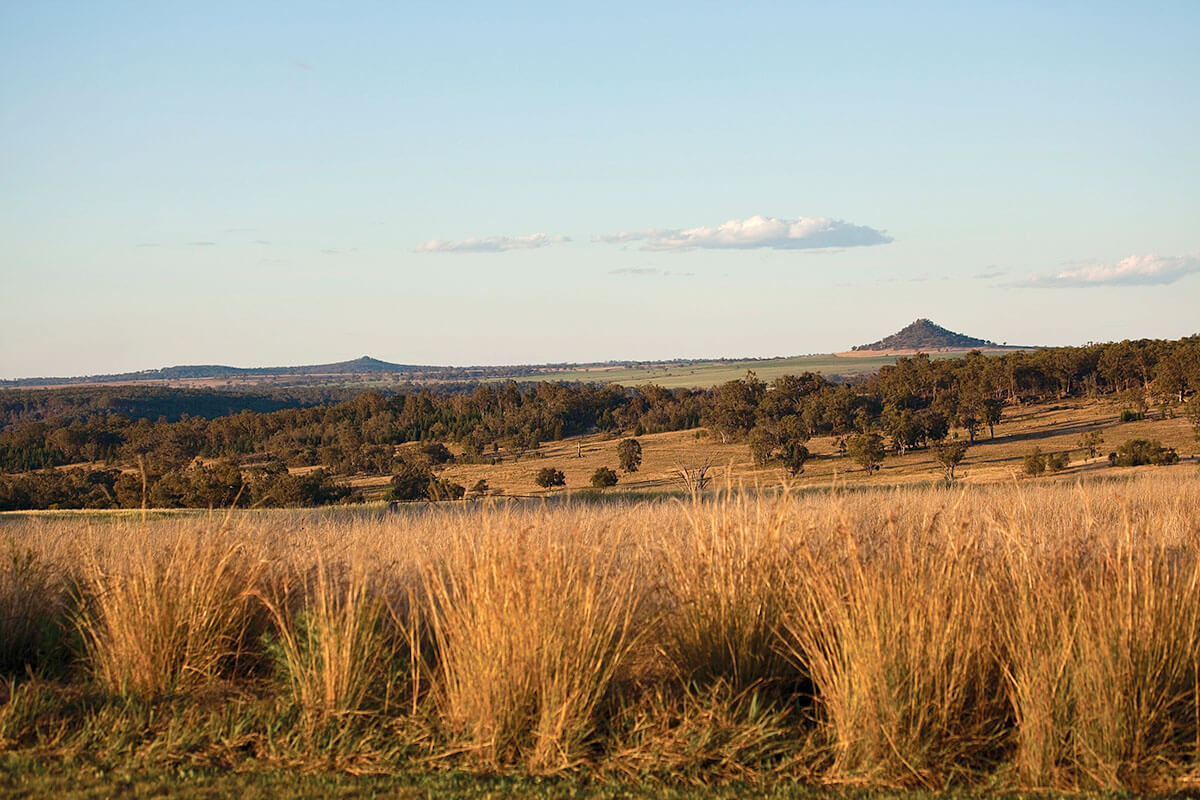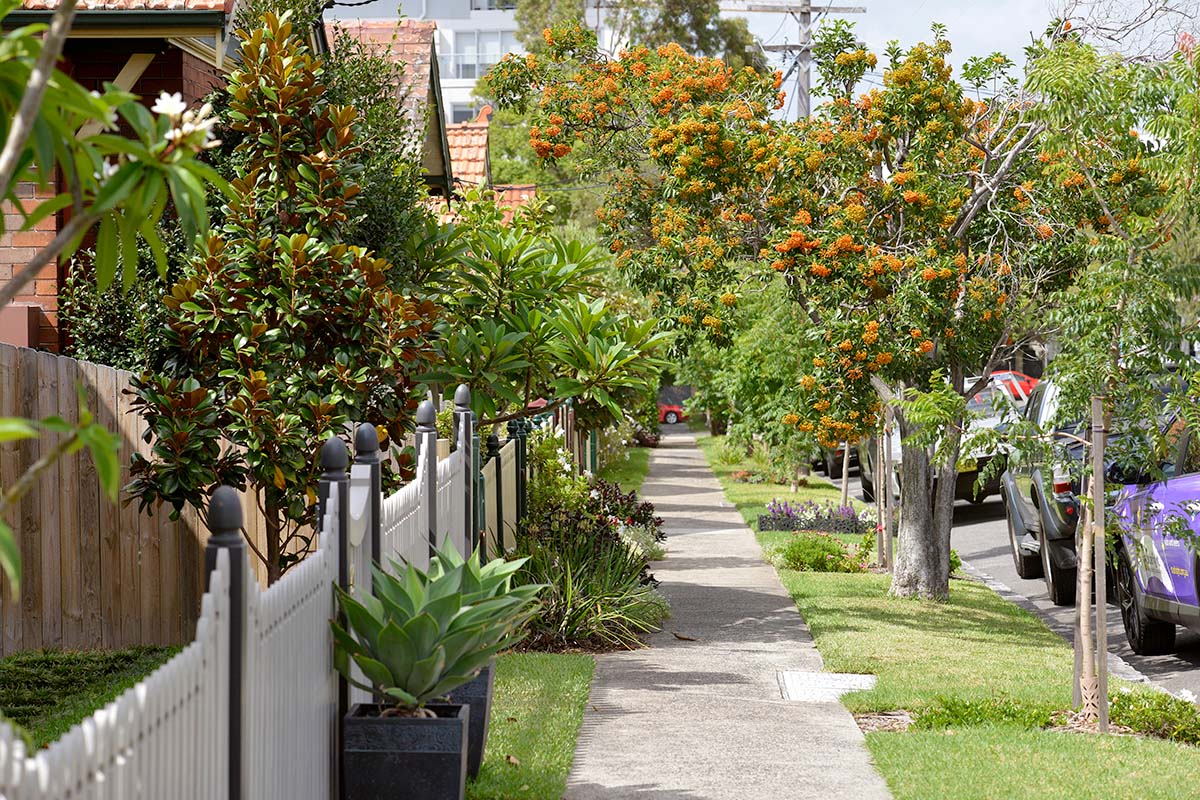To protect communities, risk must be understood and considered early through strategic planning.
Resilience is the capacity of individuals, communities, businesses and systems to survive, adapt and thrive in the face of adversity. The land-use planning system plays an important role in creating resilient communities.
Good land-use planning can help avoid or lessen the worst effects of natural hazards such as floods, droughts and bushfires.
The NSW Government’s risk policies and guidelines help councils plan strategically and assess development proposals. This ensures infrastructure such as homes, hospitals and schools are located so that communities are not placed at high risk, and people can safely evacuate if there’s an emergency.
We work closely with other government agencies, including the NSW Reconstruction Authority, the NSW State Emergency Service, NSW Rural Fire Service, Infrastructure NSW and local government, to build resilient communities through a risk-based approach to land-use planning.
We’re committed to helping protect homes from the threat of bushfires.
We’re working closely with other agencies to manage flood risks and keep our communities safe.
We’re working with local councils to future-proof our planning system and help our communities to recover and rebuild after natural disasters.
We have developed a statewide natural hazards package that encourages councils to consider natural hazard risks during strategic land-use planning.
We’re using the planning system to improve the resilience of our communities.
The NSW Government has several initiatives that are reducing urban heat to create a cooler, sustainable and liveable Greater Sydney.






